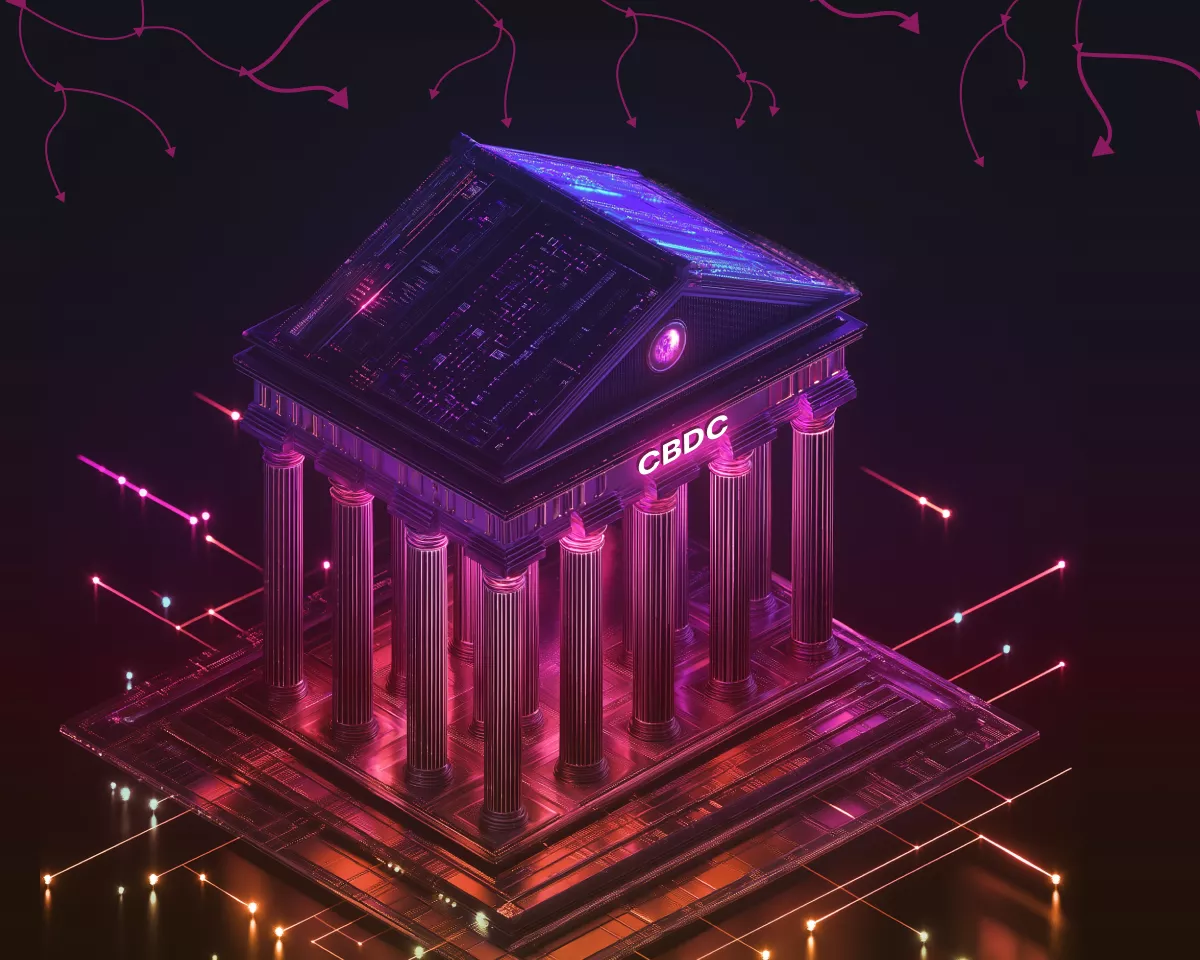
While NFT trading volumes were sluggish in May, NFT lending services are gaining popularity. But so far, the ratings seem to be mixed.
NFTfi—the latest technology that combines NFT and DeFi (decentralized finance)—is on the rise. NFTfi is a collective term for a range of tools aimed at providing broad utility and liquidity to NFTs, including NFT-backed loans, fractional tokens, and NFT rentals and lending.
Launched as a way to capitalize on the NFT bull market in 2021, NFTfi has seen a surge in popularity recently with major Web3 players entering the market.
Popular marketplace launches lending platform
In May, popular NFT marketplace Blur launched Blend (short for Blur Lending), a peer-to-peer (P2P) lending platform that allows NFTs to be used as collateral. Leveraging Blur’s popularity, Blend quickly grabbed 82% of the NFT lending market share in the first three weeks.
Other NFT lending platforms soon followed. Binance has launched “Binance NFT Loan,” allowing users to borrow Ethereum (ETH) with NFTs as collateral.
Former CTO of DeFi protocol SushiSwap, Joseph Delong, also launched Astaria.
Many traders have flocked to these platforms to “deposit” NFTs as collateral and start earning yields. In addition, traders who were unable to afford popular and expensive NFTs like “Bored Ape Yacht Club (BAYC)” and “Azuki” can now lease these NFTs at a fraction of the cost. there is
While there are certainly benefits to NFT lending, there are also risks. Some Blur traders and NFTfi native users are questioning Blend’s lending mechanics and urging novice traders to fully understand how to safely borrow NFTs before entering.
Also, while traders will support the idea of lending dormant NFTs for yield, concerns about liquidation risk, platform-specific lending mechanisms and platform decentralization remain.
Benefits for “lazy” traders
The rise of NFT lending platforms makes sense given the current market conditions. Many NFT holders who bought in a bull market hope to earn yield in a bear market.
Holders deposit NFTs on the platform. On the other hand, traders pay to borrow and hold NFTs for a certain period of time. The holder thus gets some yield. Borrowers, on the other hand, will have the opportunity to participate in the NFT ecosystem and take advantage of benefits they would otherwise not have access to.
For someone like Polygon Growth Director Hamzah Khan, who half-jokingly described his approach to NFT trading as “lazy,” NFT lending is lucrative. Thing.
“I just hold for the long term. I don’t use it every day… Basically, I like[NFT lending]because it gives me more capital,” Khan said.
What are the risks of NFT lending?
When asked about the dangers of NFT lending, Mr. Khan pointed out the liquidation risk if the NFT price fell. But he stressed that he is bullish on the growing industry and sees value in lending out assets other than the hottest, best-selling NFTs.
“I have a lot of PFPs (NFTs used for SNS icons), and I want to use them somewhere. My house will be an NFT, and my mortgage will be based on ERC-721 (the standard used for NFTs). I think a lot of people are grossly underestimating what NFTs can do,” Khan said.
Although the NFT lending market is primarily aimed at NFT traders who want to earn yields from their NFTs, it operates in the same way as lending markets outside of the cryptocurrency sector like the housing market and there are many more in the world of Web3. potential to attract more traders and companies.
Risk of “exploitative” behavior
But not all NFT lending platforms operate the same.
Mason Cagnoni, COO of NFT lending platform Wasabi Protocol and Karan Karia, vice president of business development, said there are significant risks in NFT lending. However, Blend’s “down payment” feature allows traders to make multiple NFT payments over time, which can be cumbersome for novice NFT traders. Said it could be.
Billed as “buy now, pay later,” it uses perpetual lending on the back end, which is highly exploitative for borrowers, Kalia said.
“Have you ever heard of a loan that calls you right away and has to be paid back within 24 hours?
New traders tend to take risky actions without fully understanding the consequences, Cagnoni said.
“The lending platform already existed. If you look at the Dune[blockchain analytics tool]dashboard, the user base overlaps,” Cagnoni said. In other words, as a user of Blend, he said he may be a new user, but not a new user of the lending service.
To promote decentralization
According to a recent report from blockchain analytics platform DappRadar, Blend accounted for 46.2% of Blur’s trading volume in its first three weeks of launch. Cagnoni and Kalia speculate that Blur’s point farming system has attracted many new traders to Blend.
Blur is not the only company that offers rewards (like points) to its users for trading activity, but its rapid growth and high share are attributed to the successful airdrop of the BLUR token.
Kalia suggested that current trading volume may start to decline if Blur users win the coveted tokens from an upcoming airdrop. In the broader lending ecosystem, emerging platforms need to make decentralization a top mission to make NFT lending as close to DeFi as possible, Kalia said.
“I think we are all in this Web3 world believing in decentralization. I think it’s a positive outlook, whether it’s a centralized exchange like Binance or a pseudo-centralized platform like Blur, where everything is siled in one place. Instead, we are developing towards a decentralized future,” Kalia said.
|Translation and editing: Akiko Yamaguchi, Takayuki Masuda
|Image: Shutterstock
|Original: NFT Lending Is Trending, Raising Concerns of ‘Predatory’ Platform Behavior
The post The popularity of NFT lending is rising ── There are also voices of concern about the way the platform is done | CoinDesk JAPAN | Coin Desk Japan appeared first on Our Bitcoin News.

 2 years ago
103
2 years ago
103














 English (US) ·
English (US) ·